A group of scientists led by Dr Peng-fei Fan of the Dali University’s Institute of Eastern-Himalaya Biodiversity Research in Yunnan has described a new species of macaque from Modog County, southeastern Tibet, China. The team’s discovery is published online in the American Journal of Primatology.
Macaques are medium to large-sized monkeys belonging to the genus Macaca, subfamily Cercopithecinae, family Cercopithecidae (Old World monkeys).
There are 23 species recognized in the genus, all of which are Asian except for the Barbary macaque (Macaca sylvanus) of North Africa. Aside from humans, the macaques are the most widespread primate genus.
Their coloration includes gray, brown or black fur. They tend to be heavily built and medium to large in stature.
The body length of the adult is 38 – 71 cm. Males are considerably larger than females, weighing 5 – 18 kg compared to 2 – 13 kg of females. The tail varies between species and may be long, of moderate length, short, or absent.
The newly-discovered species, named the white-cheeked macaque (Macaca leucogenys) is robust, heavy-bodied with a relatively short tail.
“It can be distinguished from all other known macaque species by a suite of characteristics including relatively uniform dorsal pelage, hairy ventral pelage, relative hairless short tail, prominent pale to white side- and chin-whiskers creating a white cheek and round facial appearance, dark facial skin on the muzzle, and long and thick hairs on neck,” Dr Fan and his colleagues wrote in the paper.
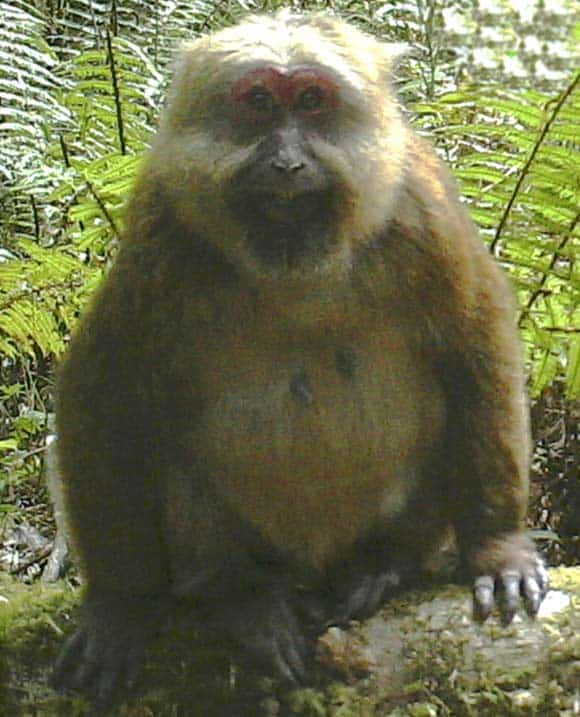
During a six month study (from November 2013 to April 2014) the scientists used camera traps to survey macaques living in four gorges in Modog County, Southeast Tibet.
They took a total of 685 photos of white-cheeked macaques, and also directly observed at least six groups of the species.
“More white-cheeked macaques were observed or captured by camera traps in the afternoon (between 12 p.m. and 7 p.m.) than during the morning (between 7 a.m. and 12 p.m.) and no macaques were photographed at night.”
According to the scientists, adult white-cheeked macaques give high-frequency alarm calls in the presence of humans.
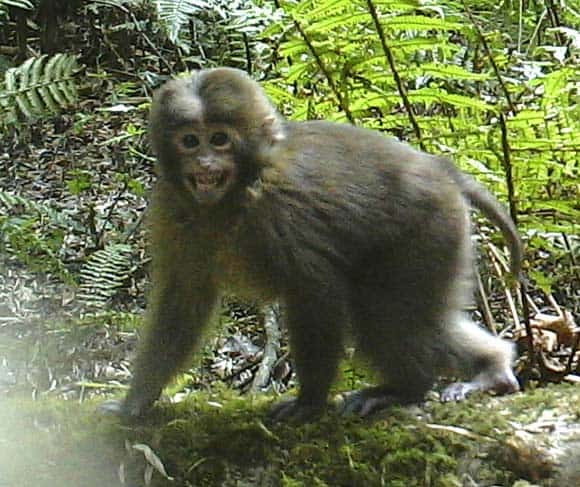
Currently, the Modog is the only known range of white-cheeked macaque, though its range may extend to neighboring counties in Tibet and the part of southeastern Tibet controlled by India.
The species can be found in many different habitats, from tropical forest at 1,395 m, to primary and secondary evergreen broad-leaved forest at 2,000 m, as well as mixed broadleaf-conifer forest at 2,700 m.
“White-cheeked macaques are threatened by illegal hunting and potential habitat loss due to construction of hydropower stations in Modog,” the scientists wrote in the paper.
“Discovery of this new primate species further highlights the high value for biodiversity conservation of southeastern Tibet and calls for more intensive surveys, studies, and environmental protection in this area.”
_____
Cheng Li et al. White-cheeked macaque (Macaca leucogenys): A new macaque species from Modog, southeastern Tibet. American Journal of Primatology, published online March 25, 2015; doi: 10.1002/ajp.22394
This article was first published by Phys.org on 16 Apr 2015. Lead Image: White-cheeked macaques (Macaca leucogenys), juveniles of different age. Image credit: Cheng Li et al.
What you can do
Support ‘Fighting for Wildlife’ by donating as little as $1 – It only takes a minute. Thank you.
Fighting for Wildlife supports approved wildlife conservation organizations, which spend at least 80 percent of the money they raise on actual fieldwork, rather than administration and fundraising. When making a donation you can designate for which type of initiative it should be used – wildlife, oceans, forests or climate.


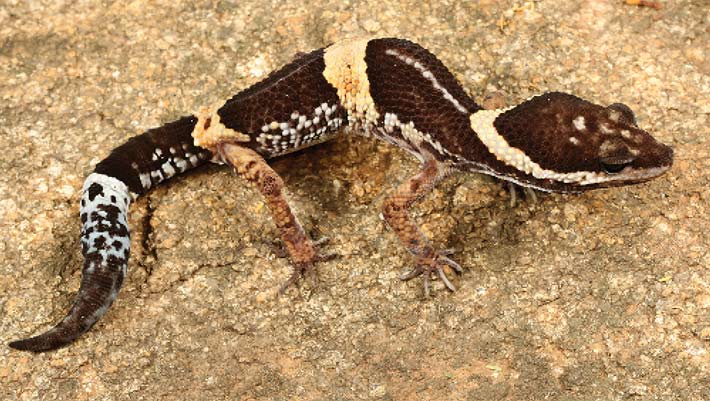
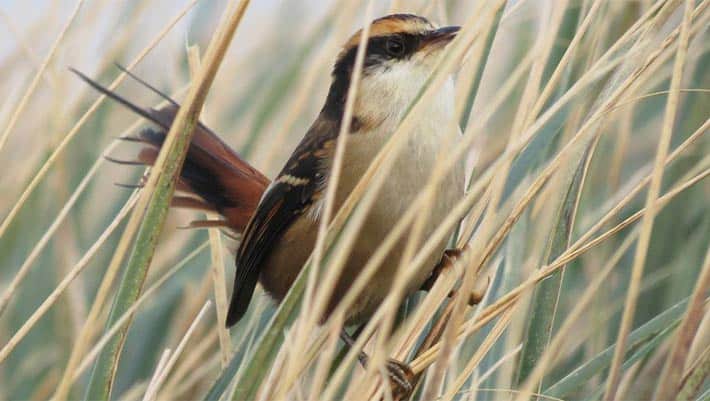
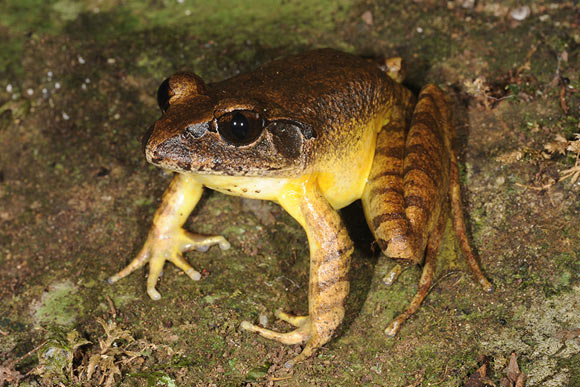
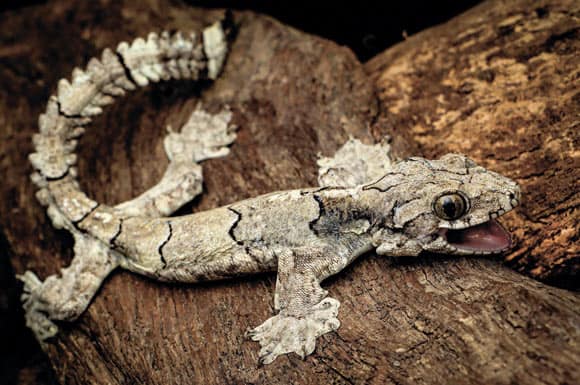
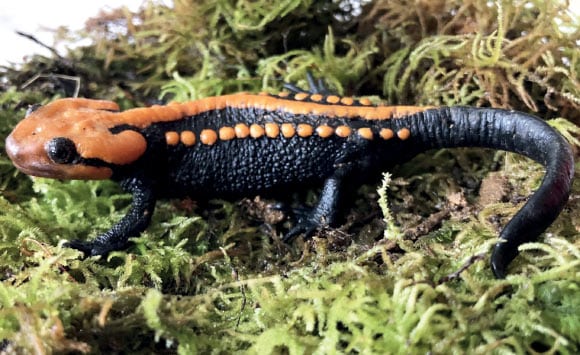
Leave a Reply